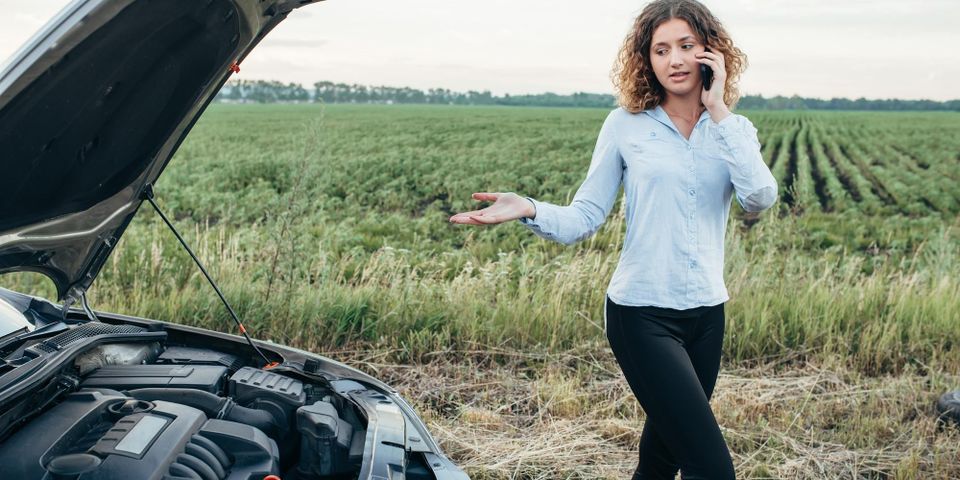3 Facts to Know About Car Jump-Starters

If your auto battery dies, your vehicle may break down or refuse to start. Car jump-starters are roadside assistance devices that use a powerful battery to supply enough voltage to start your auto ignition. Here’s what you should know about them and how they can get you back on the road quickly.
A Guide to Car Jump-Starters
1. Do They Require Another Vehicle?
Jumper cables require you to connect the alligator clips to the battery of another vehicle, which transmits the charge to your battery. Car jump-starters are more convenient because they have a built-in battery that gives your dead auto battery a boost.
With the vehicle off, the roadside assistance will connect the red clip to the positive battery terminal and the black clip to the negative terminal. Then they’ll turn on the starter and have you wait about five minutes before starting your vehicle. They'll turn the device off and you should be good to go from there.
2. What Are the Best Types?
 Car jump-starters typically use either lead-acid or lithium-ion batteries. Those with lithium-ion varieties are compact and lightweight, making them easy to lift under the hood. They experience less self-discharge, which gives them a longer life cycle.
Car jump-starters typically use either lead-acid or lithium-ion batteries. Those with lithium-ion varieties are compact and lightweight, making them easy to lift under the hood. They experience less self-discharge, which gives them a longer life cycle.
3. Which Jump-Starters Are Compatible With Your Vehicle?
The type of starter you need depends on amperage, which may range from 150 to several thousand cold-cranking amps (CCA). Most compact cars require only about 150 CCA, but larger trucks and SUVs typically need at least 450 CCA.
If you don’t have a car jump-starter and need help getting back on the road, contact the team at Groton Auto Body & Sales. They provide jump-starts, tire changes, towing, and collision repairs to drivers throughout New London County, CT. Call (860) 449-9120 for roadside assistance, or visit their website to learn more about how they can help you during a breakdown or emergency.
About the Business
Have a question? Ask the experts!
Send your question

